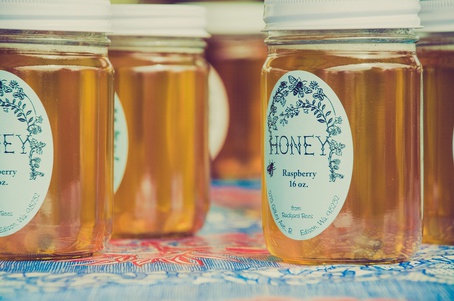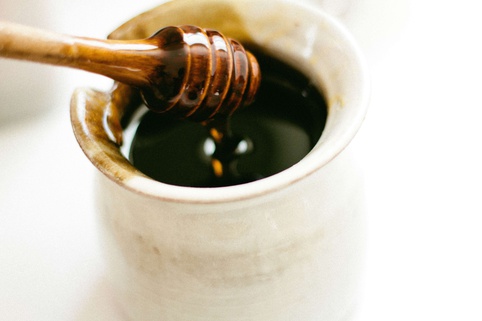They almost all contain glyphosate, the main ingredient in Roundup! That's what a recent study by researchers at Boston University found. This team scrutinized five food categories: honey, corn syrup and pancakes, soy milk and sauce, and tofu.
Conclusion: 62% of conventional honeys and 45% of organic honeys had glyphosate levels above the allowable threshold limit
Let us recall that this chemical molecule is one of the main components of the world famous herbicide, Roundup, distributed by the infamous multinational Monsanto. Unfortunately, it seems to be more and more difficult to find foodstuffs that escape this toxic molecule.
Levels of this harmful particle are much higher in honeys produced in the United States especially since the authorization of GMO crops. The increase in GMO crops is proportional to the increase in the use of Roundup.
What is worrying is that even honeys of organic origin are affected by this plague. Indeed, among the 69 samples of honeyThere were 11 samples of organic honey that exceeded the allowable limit of glyphosate.

How is this possible?
There are two main reasons for this contamination:
- A bee can fly about 9 km to collect nectar from the flowers it forages. It can bring to the hive about 113 kg of nectar in one year. Due to the development of cities and the scarcity of rural and flowery areas still spared, it is almost impossible for bees to completely escape this harmful substance. Even if the hive is located in the countryside far from cities and factories, particles of pesticides, herbicides and toxins travel long distances through the air.
- The bees and the hive itself are at risk. In fact, the wax that bees make to build their hive is normally antifungal, antiparasitic and acaricidal. The hive is a system whose balance is based on several symbioses, particularly with regard to certain parasites. Currently, this wax no longer fulfills these functions, because it is itself polluted by some beekeepers who use pesticides that kill the parasites essential to the balance of the hive. Over time, the beeswax accumulates chemicals and contaminates the honey stored in the combs.
The fact of contamination of organic honey is therefore not so much the plant protection products used by beekeepers, but rather the pesticides trapped in the wax of the hive.
Whether organic or not, a survey has shown that 98% of them contain traces of at least one pesticide. Organic beekeepers usually buy wax to help the bees build up their hive. They are probably unaware that he is contaminating their honey crop.

So, should we avoid eating honey forever?
Or are there some honeys to be preferred, if so, which ones? The answer to the first question depends on a personal choice. As for the second question, it is best to choose honey from countries where there are few crops GMO. There is less chance of it being contaminated. Unfortunately, Monsanto is expanding its territory for the sale and use of Roundup every day.
We can only advise you to do your own research to try to find quality honey and beekeepers in local markets. One thing is certain: there are fewer toxic products in organic or organically grown honey than in traditional beekeeping honey. If you regularly consume honey, it is a good idea to detoxify from time to time and perform a "treatment" against Candida albicans.
It is never too late to replace honey with other sweeteners such as stevia or xylitol.
Sources for this article:



